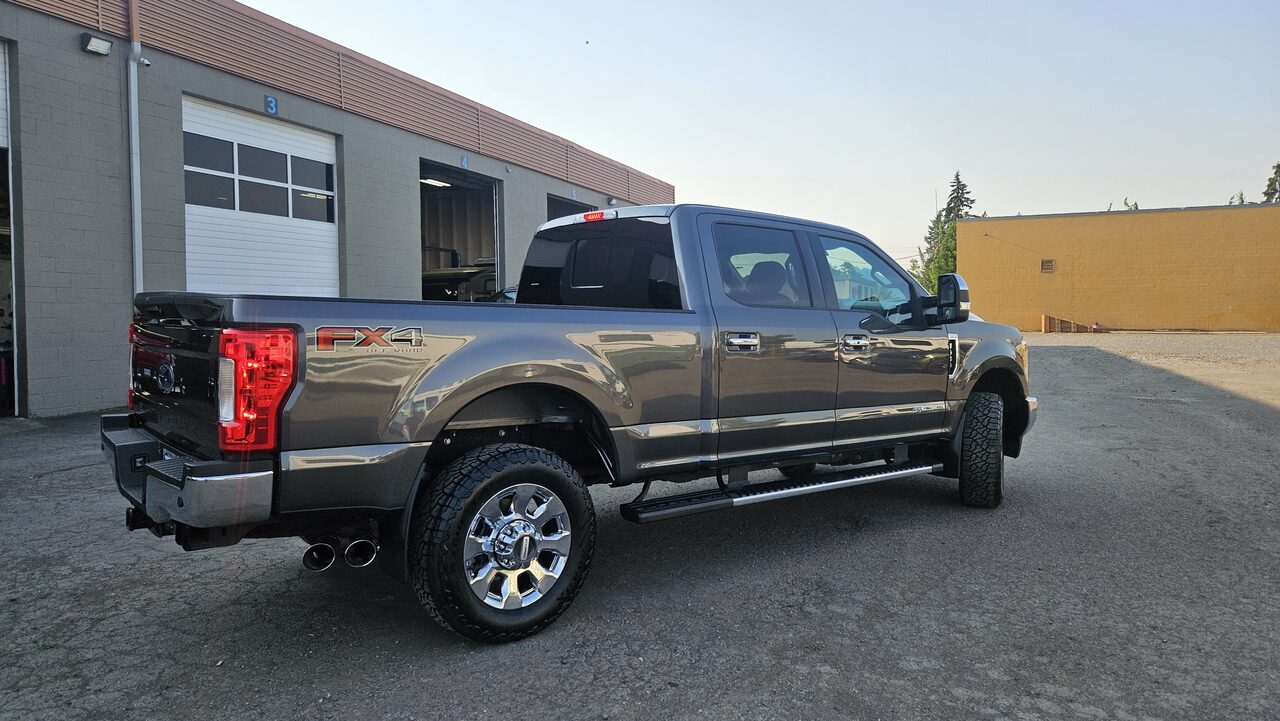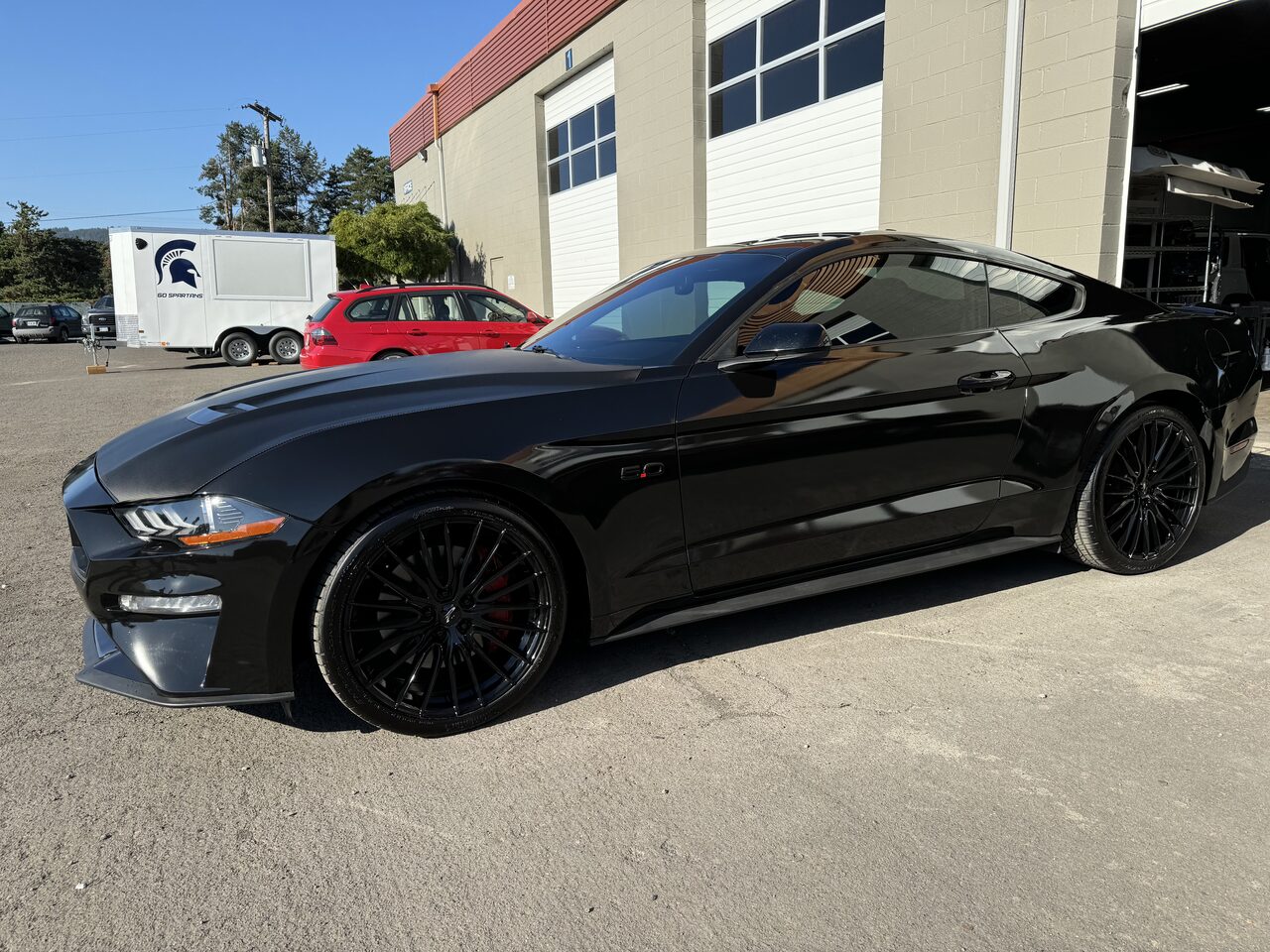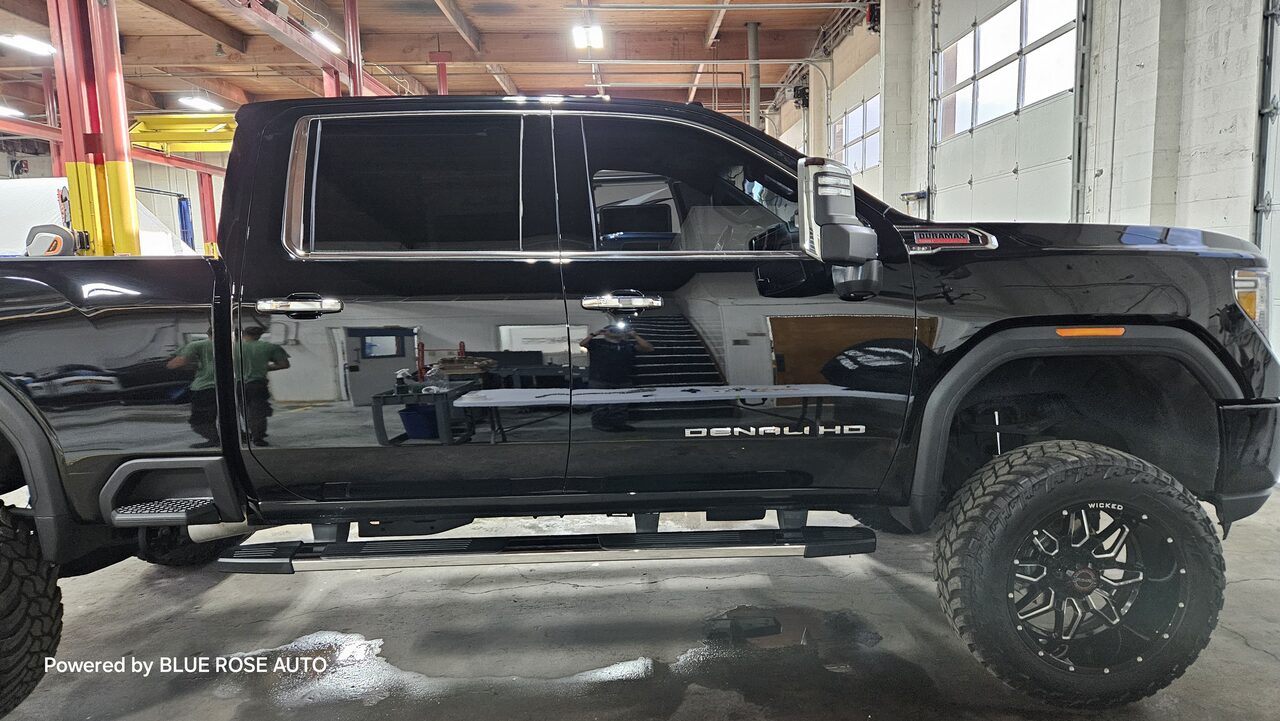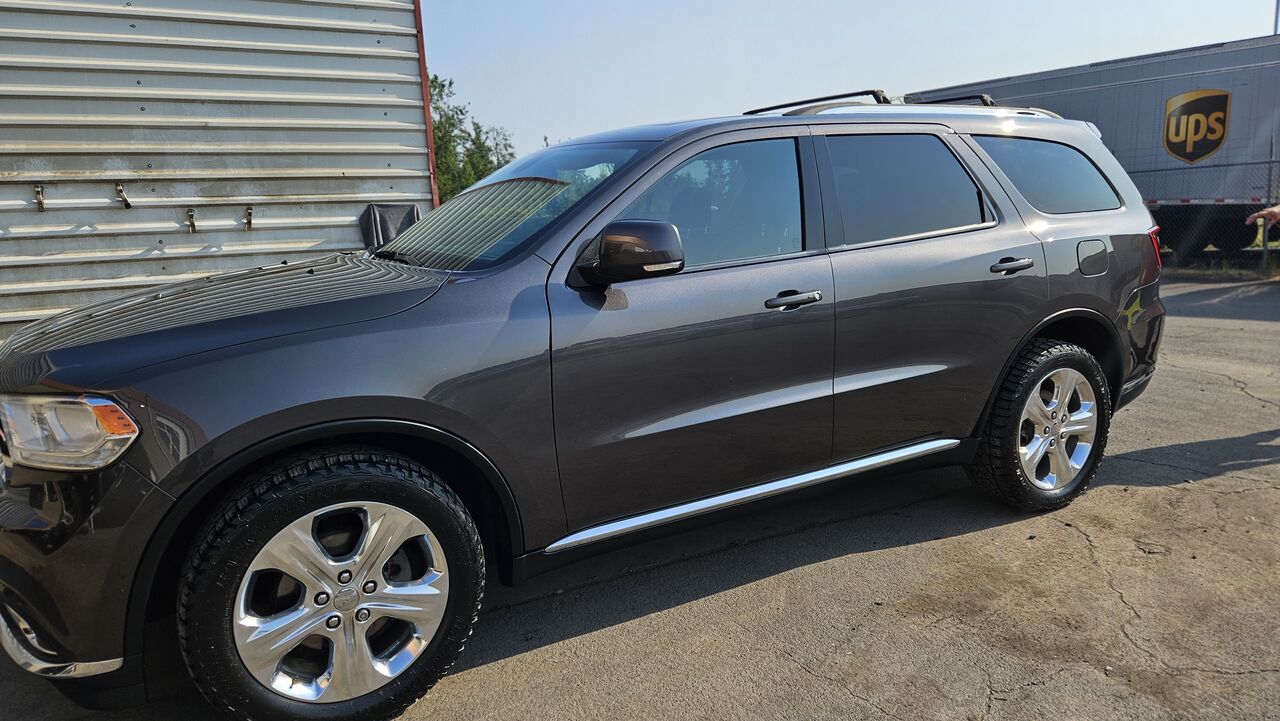Ever been blinded by the sun while driving down Franklin Boulevard? Or felt like you’re sitting in a sauna during those brutal August afternoons in Eugene? You’re probably thinking about window tinting – and you should be!
But hold on. Before you rush to tint those windows, there’s something you absolutely must know. Oregon has some pretty specific rules about window tinting, and breaking them could cost you a whopping $360. That’s not pocket change, folks.
Don’t worry, though. I’ve got your back. Let’s dive into everything you need to know about Oregon’s window tinting laws so you can stay cool, legal, and ticket-free.
Why Eugene Drivers Are Going Crazy for Window Tinting
Think Oregon doesn’t get hot enough for window tinting? Think again! Eugene hits the mid-90s every summer, and when you’re stuck in traffic on I-5, your car becomes a rolling oven.
But it’s not just about comfort. Window tinting is like sunscreen for your car. It blocks harmful UV rays that fade your interior, crack your dashboard, and literally cook you while you drive. Plus, it gives your ride that sleek, professional look that makes heads turn.
Here’s the kicker: even on cloudy days (and we get plenty of those), UV rays still penetrate your windows. Your car’s interior is taking a beating whether you realize it or not.
The Golden Rule: Understanding Oregon’s 35% VLT Requirement
Let’s talk numbers. In Oregon, your front side windows must allow more than 35% of visible light to pass through. This is called VLT – Visible Light Transmission.
Think of it like this: if you have 100% light hitting your window, at least 35% must make it through to the inside of your car. The darker your tint, the lower the percentage gets.
Why 35%? Oregon lawmakers wanted to balance driver comfort with safety. You need enough visibility to see other cars, pedestrians, and potential hazards, especially during our notorious rainy season when visibility already takes a hit.
Your Vehicle Type Matters More Than You Think
Here’s where things get interesting. Oregon doesn’t treat all vehicles the same way. It’s like having different rules for different players in a game.
If you drive a sedan or coupe:
- Front windows: Must allow more than 35% light through
- Rear windows: Must allow more than 35% light through
- Rear windshield: Must allow more than 35% light through
- Front windshield: Only the top 6 inches can be tinted
If you drive an SUV, truck, or van:
- Front windows: Must allow more than 35% light through
- Rear windows: Go as dark as you want!
- Rear windshield: Go as dark as you want!
- Front windshield: Only the top 6 inches can be tinted
But there’s a catch. If you darken those rear windows on your SUV or truck, you must have dual side mirrors. Makes sense, right? You need to see what’s behind you somehow.
The Reflection Rules: Keep It Subtle
Oregon keeps things simple when it comes to reflective tinting. Your windows can’t reflect more than 13% of light. No mirror finishes that blind other drivers or make you look like a government agent from a spy movie.
You also can’t use certain colors. Red, gold, yellow, amber, and black tint are off-limits. Why? Safety first. Some colors can mess with visibility or make your car look like an emergency vehicle.
The $360 Wake-Up Call: Oregon’s Steep Penalties
Ready for some sticker shock? Oregon hits tinting violators with a $360 fine. That’s not a typo. Three hundred and sixty dollars for a single ticket.
Compare that to our neighbors:
- California: $25 (basically a parking ticket)
- Washington: $124 (still painful but manageable)
- Nevada: $100-200 (reasonable)
- Oregon: $360 (ouch!)
Why so harsh? Oregon takes road safety seriously, and illegal tinting can create dangerous blind spots or visibility issues.
How Police Actually Test Your Tint
Wondering how cops know if your tint is legal? They don’t just eyeball it. Eugene police use special VLT meters that measure exactly how much light passes through your windows. These devices are incredibly accurate – we’re talking within 2% precision.
The meter measures the combined effect of your tint film plus your car’s original glass. So even if your tint film is 35%, if your car’s glass naturally blocks some light, you might still fail the test.
Medical Exemptions: When You Need Extra Protection
Got a medical condition that requires darker tinting? Oregon’s got you covered. You can get a medical exemption, but you need proper documentation from a licensed doctor or eye doctor.
The paperwork must clearly state that you or a family member has a medical condition requiring reduced light transmission. No DMV permit needed – just keep that doctor’s note in your car at all times.
Installation Certificates: Your Legal Safety Net
Professional tint installers must give you a certificate showing your tint’s light transmission percentage. This paperwork is your proof that your tinting is legal.
Keep this certificate in your car! Police will ask to see it during traffic stops. It’s like having a hall pass that proves you’re following the rules.
Traveling Beyond Eugene: Know Before You Go
Planning a road trip? Your Oregon-legal tint might get you in trouble elsewhere. Washington requires 24% VLT on all windows, making Oregon’s 35% illegal up north.
However, if you’re heading to California, Nevada, or Idaho, you’re golden. Oregon’s requirements meet or exceed their standards.
Why Ceramic Tint Is Worth Every Penny in Eugene
Not all tint are created equal. Cheap tinting film fades, bubbles, and peels – especially in Oregon’s wet-dry climate cycles. Ceramic tint cost more upfront but offer superior heat rejection, durability, and clarity.
Think of ceramic tint as the premium gas of window films. It blocks more heat, lasts longer, and won’t interfere with your electronics like metallic films can.
Common Mistakes That Cost Eugene Drivers Big
Don’t fall into these traps:
Mistake #1: Assuming all vehicles follow the same rules. SUVs and trucks get more flexibility with rear windows.
Mistake #2: Thinking you need special permits or stickers. You don’t – just proper certificates.
Mistake #3: Going with the cheapest option. Quality matters, especially in Oregon’s challenging climate.
Mistake #4: Not keeping your paperwork. That certificate could save you $360.
The Smart Eugene Driver’s Tinting Strategy
Ready to tint your windows the right way? Here’s your game plan:
First, know your vehicle type and the specific rules that apply. Second, choose a reputable installer who provides proper documentation. Third, opt for quality materials that’ll withstand Oregon weather. Fourth, keep your certificates handy. Finally, understand that legal tinting still provides excellent protection and style.
Window tinting is an investment in comfort, protection, and style. Oregon’s laws ensure you can enjoy these benefits while keeping everyone safe on the road. By following the 35% VLT rule, choosing quality installation, and keeping proper documentation, you’ll cruise through Eugene summers in cool comfort without worrying about expensive tickets. Smart tinting isn’t just about staying legal – it’s about making a wise investment in your driving experience that pays dividends every sunny day.
At Blue Rose Auto in Eugene, we know Oregon Window Tinting Laws inside and out. Whether you’re looking to enhance your vehicle’s look, improve interior comfort, or protect against UV rays, we’ve got you covered with expert installation and legal peace of mind.
Frequently Asked Questions
Q: Can I tint my windshield in Oregon?
A: Only the top 6 inches of your windshield can be tinted, and it must be non-reflective. The rest must remain clear for safety reasons.
Q: What happens if I get pulled over with illegal tint?
A: You’ll face a $360 Class B traffic violation. However, courts may reduce the fine if you fix the tint and provide proof of compliance.
Q: Do I need to remove factory tint to add aftermarket tint?
A: Not necessarily, but remember that VLT measurements include both factory glass and any added tint film. The combined result must meet Oregon’s 35% requirement.
Q: How long does ceramic tint last in Oregon’s climate?
A: Quality ceramic tint typically lasts 10-15 years in Oregon, compared to 3-5 years for cheaper alternatives. The investment pays off through durability and performance.
Q: Can I install window tint myself and still be legal?
A: Yes, but you won’t get the required installer certificate that proves compliance. Professional installation includes documentation that protects you during traffic stops.






